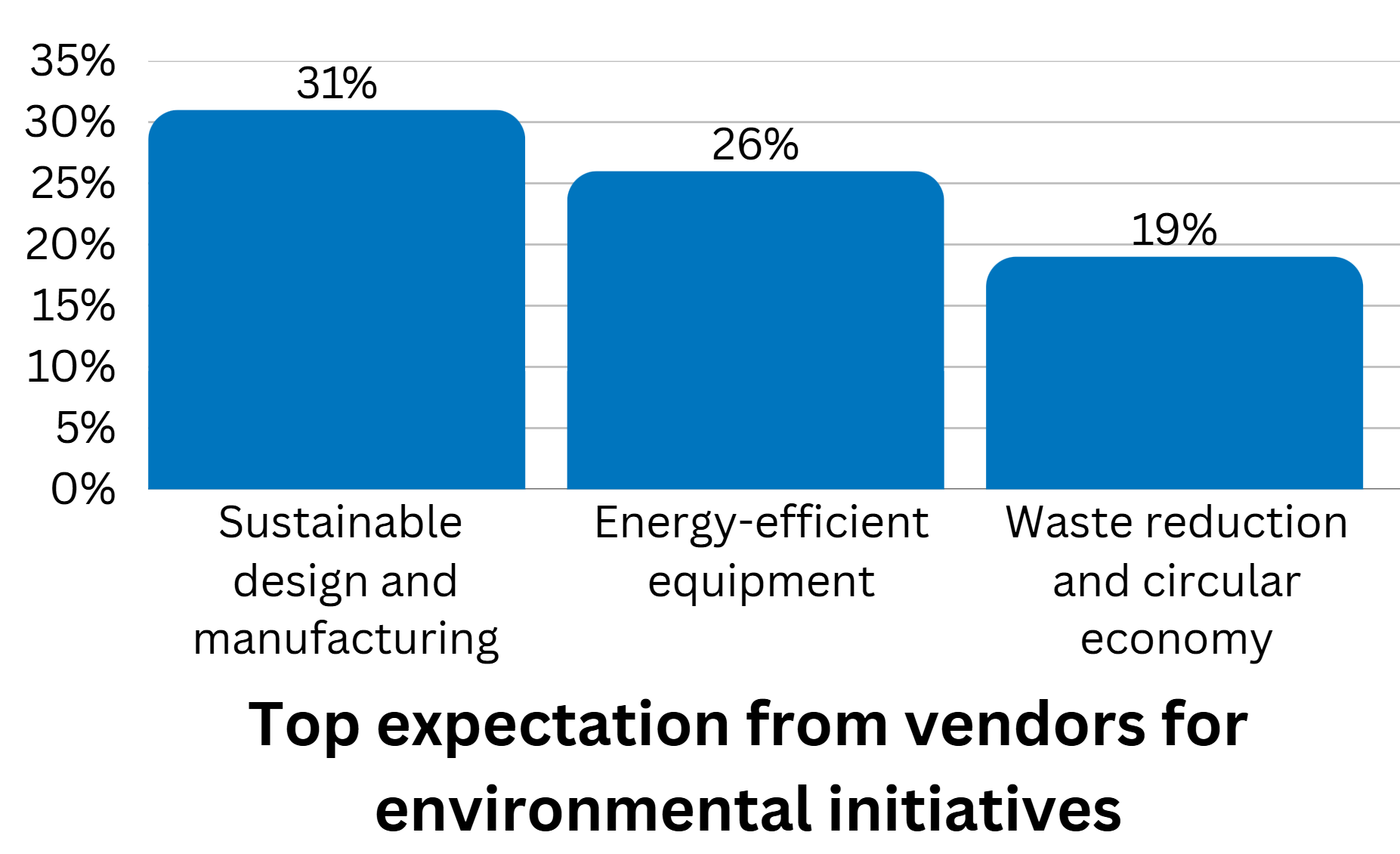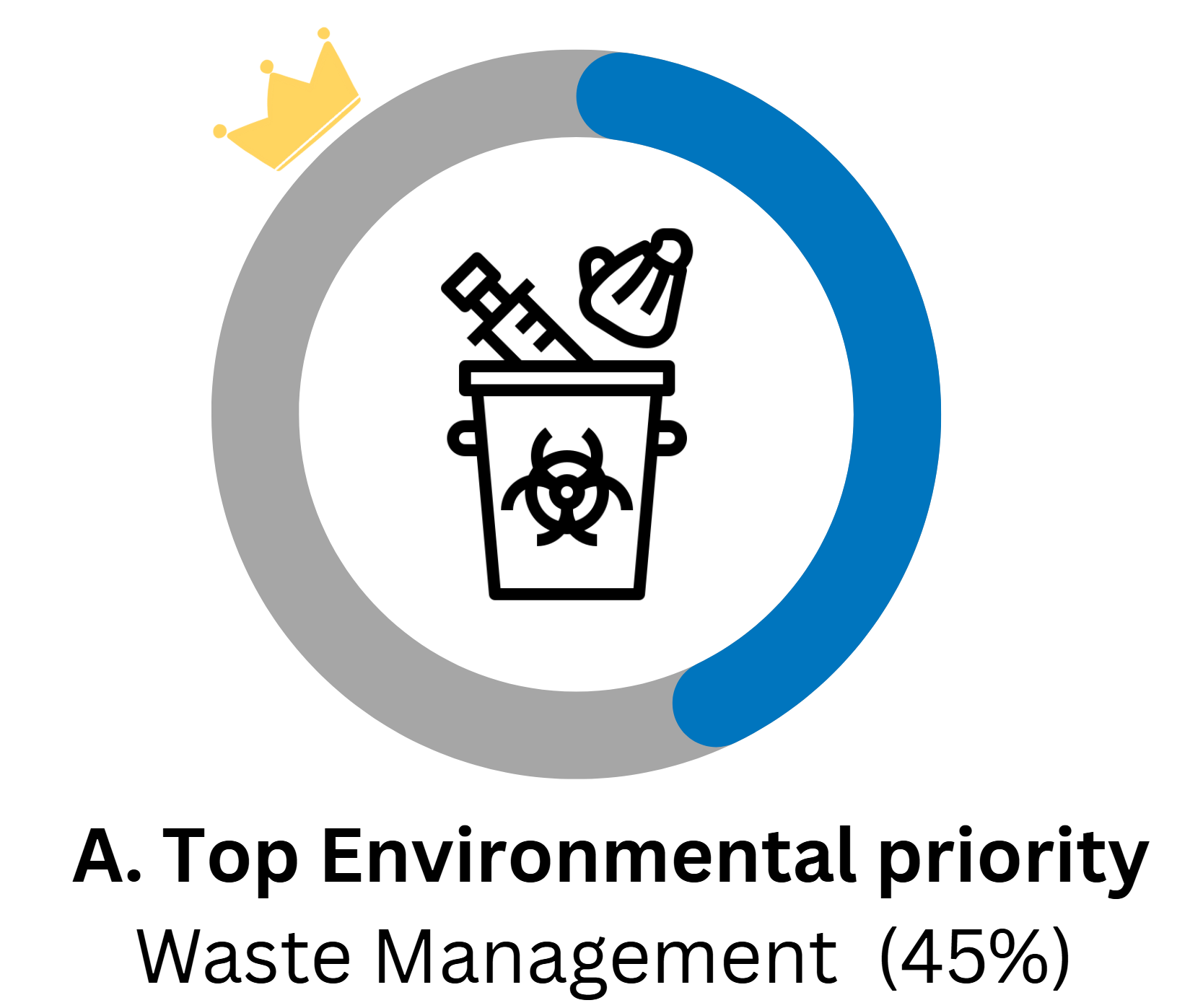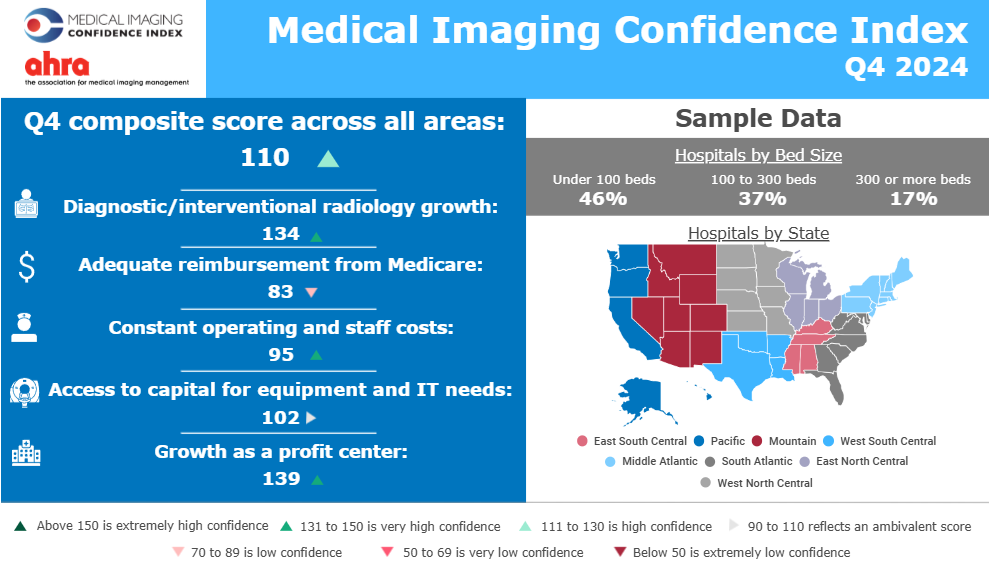The top expectations are for vendors to offer sustainable design and manufacturing of equipment (31% of imagePRO panel members), energy-efficient equipment development (26%), and to reduce waste and improve circular economy (19%).
The TMTG Minute - ESG: A New Standard of Healthcare
Share this article:
Written by: The Marketech Group
ESG: A New Standard of Healthcare
Editorial
Environmental, Social, and Governance (ESG) initiatives have moved to the forefront of healthcare, shifting from aspirational goals to measurable business metrics. Hospitals and vendors alike are under pressure to improve sustainability, equity, and governance while balancing rising costs and operational challenges.
In this edition of The Minute, TMTG explores how ESG is shaping expectations and practices across the industry. Imaging directors from our imagePRO™ panel highlight the importance of sustainable design, energy-efficient equipment, and waste reduction. In our interview with Becky Allen, Vice President of Operations at UC Health, we hear how ESG has become embedded in institutional strategy despite barriers like legacy systems and limited budgets.
As ESG becomes a must-have across healthcare, vendors that lead with innovation and accountability will be best positioned to drive meaningful progress and long-term impact.
INTERVIEW OF THE SEMESTER
Becky Allen
Vice President Operations- Ancillary Services, UC Health / Site Leader at DDC
CR: From your perspective, how have ESG (Environmental, Social, and Governance) initiatives been considered at US healthcare institutions in the past 5 years?
BA: High-level ESG initiatives have gained significant traction over the last five years. Across healthcare institutions there’s a growing emphasis on accountability, sustainability, equity and efficiency over the past five years - driven by rising expectations.
On the environmental side, energy efficiency is top of mind — from automated systems that power down when not in use to a greater awareness of carbon footprints. For example, Kaiser Permanente has been a leader in this space. Environmental responsibility is now seen not just as operationally smart - but also as a public health imperative.
From a social standpoint, there has been a big push around diversity, inclusion, and accessibility (DIA). These initiatives improve organizations and are important for building patient trust. Patients can feel fearful when providers don’t look like them or sound like them — it’s a real issue. However, I’ve noticed a slowdown in momentum since January, likely due to changes in federal initiatives.
On governance, institutions like ours used to operate in silos, but over the past two years, we’ve begun to function more as a cohesive enterprise.
Overall, ESG moved from a "nice to have" to a "must have", it is now being measured, funded, and embedded, especially at academic and multi-hospital systems.
CR: What are the top challenges when integrating ESG principles in a US healthcare institution?
BA: As with most things in healthcare, the biggest challenge is funding. Hospitals operate on very thin margins. ESG initiatives often lack designated budget lines, making sustained implementation difficult.
Legacy systems are another hurdle (like PACS); they weren’t built with ESG in mind and can be difficult to overhaul.
Other challenges include data and measurements gaps, workforce bandwidth.
ON THE HORIZON
ESG at the Forefront

Facts
- Major health systems (e.g., Kaiser Permanente, Cleveland Clinic) have made public commitments to carbon neutrality and sustainability targets within the past five years, often outpacing federal mandates. (1)
- Burnout rates among healthcare professionals have reached historic highs, projected to contribute to significant staffing shortages by 2030 if not addressed through social and well-being programs. (2)
- Mobile imaging and telehealth programs are expanding access, helping reduce patient travel-related emissions and bridging gaps in healthcare equity, particularly in underserved communities.(3)
At Stake!
- Inconsistent carbon emissions and energy tracking across U.S. hospitals limits transparency and accountability for sustainability progress. (4)
- Legacy infrastructure and equipment pose a major challenge to decarbonizing U.S. healthcare, as retrofits and updates are expensive and technically demanding. (5)
- Data gaps and the absence of standardized metrics make it difficult to compare or scale successful ESG practices across healthcare systems. (4)
So What?
- ESG is becoming a core part of healthcare operations, moving from voluntary to essential business imperatives tied to financial, regulatory, and reputational risks. (5)
- Environmental programs such as energy efficiency upgrades, waste reduction, and telehealth not only curb emissions but also improve care access and reduce operational costs. (4)
- Social initiatives addressing staff well-being and health equity strengthen patient trust, promote workforce stability, and contribute to more resilient institutions. (2)
Source:
(1) The Road to Carbon Neutral | Kaiser Permanente. https://about.kaiserpermanente.org/expertise-and-impact/healthy-communities/our-programs-and-partnerships/environmental-stewardship/the-road-to-carbon-neutral
(2) Prevalence of burnout among healthcare professionals: a survey at multiple US health systems. https://pmc.ncbi.nlm.nih.gov/articles/PMC11074248/
(3) Mobile Imaging Services Market to Hit US$ 30 Billion by 2034. https://media.market.us/mobile-imaging-services-market-news/
(4) Emissions Disclosures and Energy Use Reporting by Hospitals in the United States. https://nam.edu/perspectives/emissions-disclosures-and-energy-use-reporting-by-hospitals-in-the-united-states/
(5) Key Actions to Reduce Greenhouse Gas Emissions by U.S. Hospitals and Health Systems. https://nam.edu/product/key-actions-to-reduce-greenhouse-gas-emissions-by-u-s-hospitals-and-health-systems/








